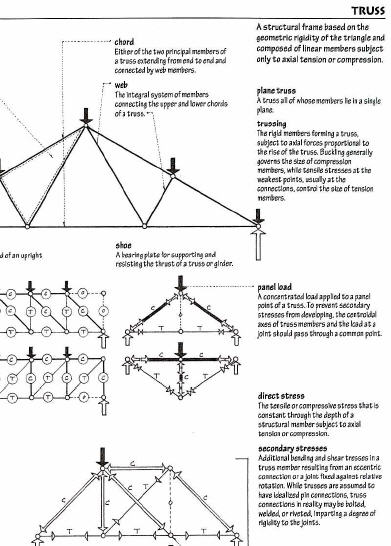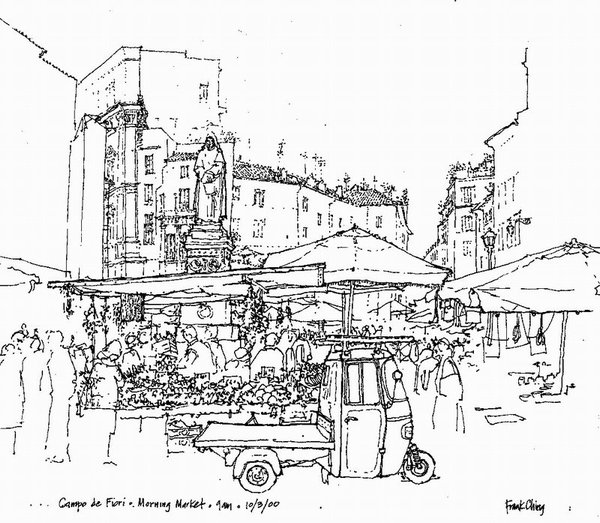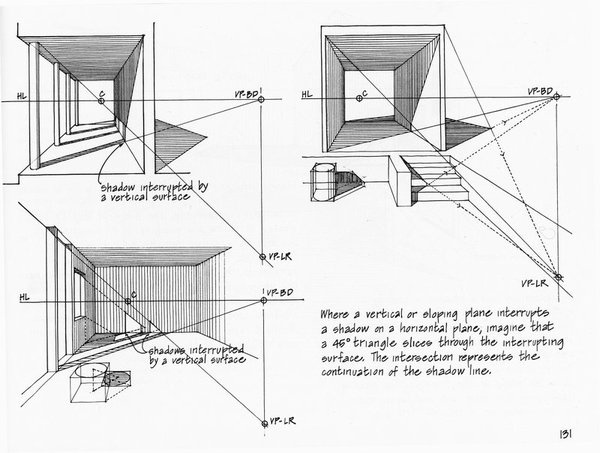
I am notably deficient in visual imagination — at least I think I am. It may not be my problem. I have always found it extremely difficult, if mot impossible, to visualize objects, especially man-made ones, when they are described to me. I remember reading Iris Murdoch’s novel The Philosopher’s Pupil and struggling mightily to comprehend her descriptions of the complex of mineral baths that are central to the town of Ennistone and (in a sense) to the novel’s plot as well. I just couldn't manage it, though I read and re-read. But maybe this is a problem with words rather than with me; maybe words just aren't good at describing the appearance of complicated objects. In either case, the foregoing might help you understand why one of my favorite books — one I return to again and again — is A Visual Dictionary of Architecture, by the great Frank Ching. If my house were burning down, there aren't too many things I’d rescue before Ching’s book. It is endlessly delightful and instructive. There aren't many images of it online, but here’s one: Just yesterday I was poring over the pages on joinery, delighted to discover the astonishing variety of ways that one piece of wood can be connected to another. One of my favorite sections is on arches. And the two pages on light — on incidence, reflection, refraction — have taught me more than any of my physics classes ever did. And look at his beautiful printing, which has been adapted by Adobe and incorporated into its Tekton font family. From this nice profile, here’s Ching’s drawing of the Campo di Fiore in Rome:
Just yesterday I was poring over the pages on joinery, delighted to discover the astonishing variety of ways that one piece of wood can be connected to another. One of my favorite sections is on arches. And the two pages on light — on incidence, reflection, refraction — have taught me more than any of my physics classes ever did. And look at his beautiful printing, which has been adapted by Adobe and incorporated into its Tekton font family. From this nice profile, here’s Ching’s drawing of the Campo di Fiore in Rome: And here’s Ching’s demonstration (I think from this book) of how to draw shadows:
And here’s Ching’s demonstration (I think from this book) of how to draw shadows: All hail Frank Ching!
All hail Frank Ching!
